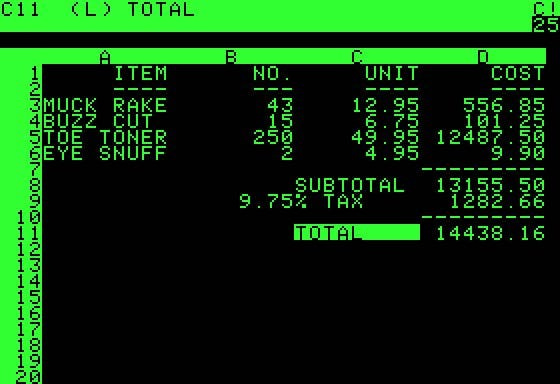Spreadsheets in the Era of AI
You already have all the tools you need.
Since 2017, I've heard the same refrain at every finance conference: "Excel is dying." Vendors pitch their solutions in two flavors:
"We'll help you transform without abandoning spreadsheets"
"We'll help you completely kill spreadsheets"
Here's the truth: Excel isn't the problem. The processes these spreadsheets support are the problem.
Today, I’m going to show you how to drive efficiency and time savings NOW without having to spend a dime on professional services or brand new, fancy software.
This Isn’t Your Daddy’s Excel
Today's Excel would be unrecognizable to an analyst from a decade ago:
You can automate data preparation and transformations with Power Query
Python integration allows you to build advanced analytics directly into your workbook
Built-in AI with Copilot is adding functionality faster than anyone can keep up
Data modeling is now possible directly in excel with Power Pivot
This opens a world of opportunities:
Accurate, automatically updating cash flow forecasts
Beautiful, dynamic dashboards
Complex predictive analytics models
The Process Paradox
When organizations struggle with their Excel-based processes, they often blame the tool. But here's what I've learned as a fractional CFO and as an FP&A Solutions Consultant: The fanciest SASSiest solution on planet earth cannot fix your broken process, but a functional process can be automated and seamlessly integrated using nothing but Excel.
Bottom line - it's not about the spreadsheet.
The AI Advantage
Consider this: I know enough Python to read a script and understand what it does, but I'm not great at writing code from scratch. In the past, this would have been a major limitation. Today? I can have AI be my coder while I supervise the results. I need to know enough to be dangerous, I don’t need to be able to build robust code from scratch.
When I started learning to code, building my own projects, it would be a long and tedious process that involved lots of Googling and Youtubing.
Now, with AI, what used to take a month of manual coding can now be accomplished in thirty minutes or less. This isn't about replacing Excel - it's about making Excel more powerful than ever.
The Real Solution
Instead of trying to "kill" Excel, try this instead:
First, focus on and fix one of your broken processes. Map out your steps end to end and look for waste and rework. If you’re doing anything manually, flag it.
Then, leverage Excel's modern capabilities to automate and enhance those processes. If you don’t know how, that’s ok, leverage Co-Pilot. Practice prompting to enhance the results from the model.
Finally, once your process is working - or better yet - you have a collection of processes that are working well, consider more specialized tools to scale those now-working processes. If the solution cannot improve on what you already have, move on. It’s not worth the cost and pain of trying to fix something that isn’t broken.
Ready to Transform?
This practice has helped me to rapidly deploy real solutions that have delivered substantial Type I and Type II savings with minimal to zero investment dollars.
If you’re looking to radically improve your workflow with existing tools already in your tool belt, subscribe to this newsletter for even more insights. Each week, I share practical tips, AI prompts, and real-world examples that you can implement immediately.
Need hands-on guidance? I offer targeted consulting sessions where we can review your specific processes and create an action plan for automation and improvement. Book a complimentary 30-minute discovery call to explore how we can work together.
Even if you don’t subscribe, make sure you give the approach above a try. You will be surprised at how far it will take you.
The Bottom Line
Excel isn't dying - it's evolving. The tools we have available today within Excel are more powerful than ever before. The problem isn't your spreadsheets; it's how you're using them. Fix your processes first, then let modern Excel capabilities amplify your success.
Stop looking for software salvation. Your existing tools - yes, even Excel - are probably sufficient to start improving today. The hard work isn't in implementing new systems; it's in the unglamorous task of fixing your broken processes.


